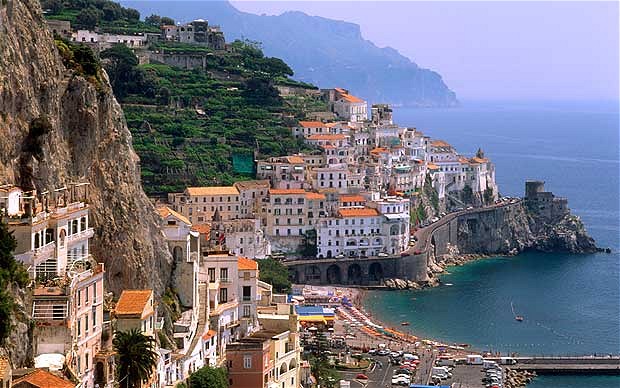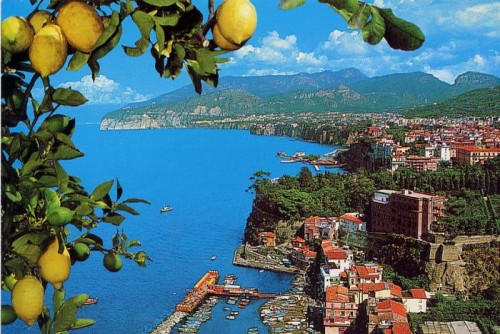
Exploring Italy
Travel Planning and guide to adventures in Italy. Exploring the regions of Italy and off the beaten path travel interests that are COVID safe, eco friendly, and presents local history, culture, food and wine. For more detailed travel information and assistance in planning your Italian active vacation go to 'www.italiaoutdoors.com'. With over 20 years of experience helping people plan, coordinate, and enjoy private group trips, family adventures, and couple or individual guided and self guided
Things To Do In Sorrento

City of Vicenza
Vicenza is one of the main cities in the region of the Veneto in the northeast of Italy.
You will find Vicenza along the main transportation line between Venice and Verona. The city is an easy train ride or bike ride away from a number of the largest and most famous Italian cities like Verona, Padua, and Venice. Vicenza is also about an hour away from Lago di Garda – Italy’s largest lake.
For more information check out our site at https://www.italiaoutdoors.com/
Some of Italy's Top Golf Courses
Royal Golf and Country Club
The current host to the Italian Open is located near Turin in Piedmont. Designed in 1971 by Robert Trent Jones Sr, it is set neatly into the undulating landscape of La Mandria National Park. The course itself presents a strategic challenge with its innovative use of bunkers and water hazards. Piedmont offers some of the best cuisine in all of Italy and the home of Slow Food and Braollo can offer you a culinary experience to rival anything you experience on the course.
Stay at the Romantik Hotel Fumo
For more info go to the Royal Golf and Country Club website.

Biella
Known locally as ‘Le Betulle’ the John Morrison-designed course at Valcarozza was built in the 50′s and is set in the slopes of the Sera Moraine. A 73 par course at altitude along the Biellese Alps it is a stunning backdrop to one of the more testing rounds in Italy. Not only will you have the cuisine of Liguria to distract you but the area is renowned for its history and culture. Picture Medieval monasteries set in bleak wintery landscapes, stunning architecture and Unesco sites abound. Play in Autumn to coincide with the season of truffles and mushrooms.
Stay at the club.
For more info visit the club’s website.

Villa d’Este
A very challenging par 69 course designed by Peter Gannon. The setting is stunning, set amongst the Como hills with panoramic views of lake Montorfano. Clean Alpine air and lush greenery provide respite from the intense summer heat. A prestigious club in the heart of one of Italy’s most historically prosperous regions.
Stay at Villa d’Este and relive a bygone era of Northern Italian opulence.
For more info, visit the club’s website.

Is Arenas
For more info visit the club’s website.

Pevero
For more info visit the club’s website.

Milano Golf Club
Milan’s most prestigious golf club and one with quite a bit of history to boast about the Milano Golf Club for many is the rightful home of golf in Italy. The course is a bit flat but very pleasantly wooded it is the perfect place to do business just outside Italy’s centre of commerce and industry.
Stay in the city at the Hotel Principe di Savoia
For more info, visit the club’s website.

Is Molas
Another of Sardinia’s hidden gems the microclimate means it is perfect for golf the whole year round. The largest and oldest course on the island it is somewhat American in style, but the surrounding countryside and the history and food of the Sardinian island are anything but.
Stay at the Is Molas Resort Hotel
For more info, visit the club’s website.

Terme di Saturnia
Set in the exquisite environs of Tuscany, close to the sea the site ha a long history and association with the Romans who believed it to be the birthplace of Saturn. The whole area is dotted with natural hot springs so after wearing yourself out on the course relax in the splendour of the natural spas as the Romans did. Relaxing, that is, not golfing. More than a golfing experience, a vacation to really rest and replenish.
Stay on site in the resort.
For more info, visit the club’s website.

Lido di Venezia
The exclusivity of Italian golf is physical here as you need to take a boat to the Lido di Venezia to play the 18 hole golf course. A sandbar situated within site of the city of Venice was supposed to have been constructed in the 1930′s at the request of Henry Ford who wanted to play golf while visiting Venice. One of the most incredible cities in the world also hosts an excellent course within touching distance.
Stay at the Hotel Danieli.
For more info, visit the club’s website.
A Day Exploring The Dorsoduro Sestiere of Venice
 Facebook
Facebook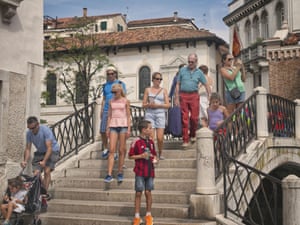

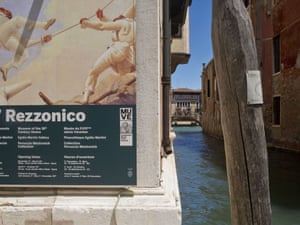

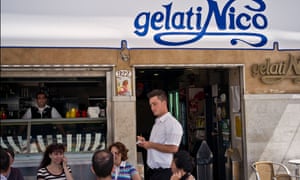
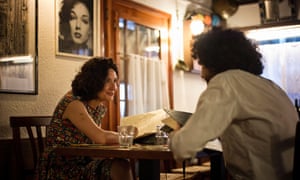
Hiking the Italian Dolomites: 10 Tips or Things to Consider
1. Invest in some trekking poles.
2. Pack light.
3. Bring sandals.
4. Quick drying clothes.
5. Don’t skimp on socks.
6. Get a pack that fits comfortably.
7. Prevent chaffing and blisters.
8. Trail runners vs. hiking boots.
9. Get an early start.
10. Enjoy the food.
